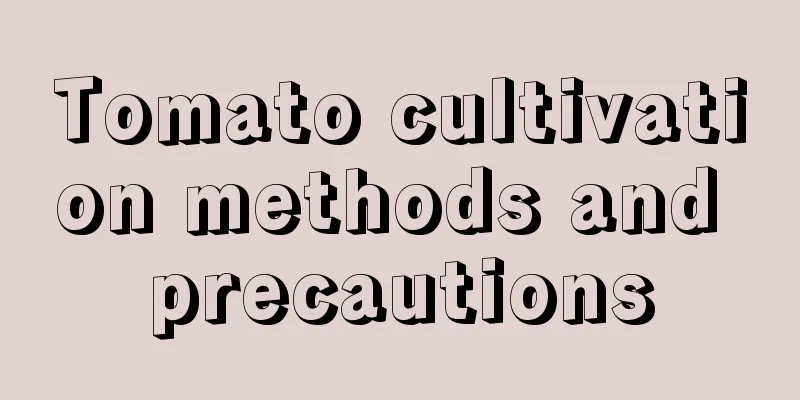Causes and treatments for yellowing leaves of elmleaf plum

1. Insufficient lightReason: Prunus armeniaca is light-loving and prefers to grow in an environment with plenty of sunlight. Especially during the growing period, it must be maintained in a full-sunlight environment. If there is insufficient light, it will affect its normal growth, the plant will be very small, the branches and leaves will turn yellow, and the number of flowers will decrease. Measures: If it is in the growing season, it needs to be moved to a full-sun environment for maintenance. Be sure to shade it when the midday sun is strongest. Adequate sunlight will speed up its recovery and growth. 2. Excessive waterReason: Prunus armeniaca is drought-tolerant but not water-tolerant. If you water it too much, water will accumulate in the soil and the roots will not be able to breathe. The nutrients in the potting soil cannot be absorbed and transmitted to all parts of the plant in time, which will lead to malnutrition inside the plant and yellowing of the branches and leaves on the outside of the plant. Measures: The plants need to be dug out, the water from the roots needs to be drained, and the rotten roots need to be cut off. After the roots have dried, replace the soil with neutral to slightly alkaline sandy loam and replant it. 3. Insufficient nutrientsReason: Prunus armeniaca likes fertilizer and is resistant to strong fertilizer, so it has a strong demand for fertilizer. Sufficient nutrients can encourage it to bloom more and more colorful flowers and grow faster. If you do not pay attention to fertilizing during normal maintenance, it will grow slowly due to lack of nutrients, suffer from malnutrition, and its branches and leaves will gradually turn yellow. Measures: Apply fertilizer in time, but not at a high concentration. When planting, you can apply some decomposed cow and horse manure as base fertilizer, and apply thin fertilizer water every ten days during the growing period. Fertilize once in spring after the flowers fall and before winter. |
<<: Causes and treatments for yellowing leaves of Silver Queen
>>: Causes and treatments of yellowing leaves of anemone
Recommend
The growth environment conditions and characteristics of Dripping Guanyin
The growth environment conditions and requirement...
Potted fruit trees suitable for indoor cultivation in the north (what fruit trees are suitable for growing in Northeast homes)
In the Northeast, many varieties of fruit can be ...
If a flower's roots rot, it will die. Throw some of this into the pot and it will come back to life immediately!
Why do flowers rot? It is so common for flowers a...
What vegetables will be expensive in 2022 (what vegetables will have the best prospects for planting next year)
What vegetables can I grow to get good prices and...
Which month is the best to plant watermelons?
Watermelon is a very popular summer fruit. Althou...
How to grow lucky bamboo in water
1. Temperature No matter what kind of plant it is...
When is the best month to plant Green Treasure melon?
When to plant Green Treasure melon Green Treasure...
What kind of soil is suitable for planting Kalanchoe
Soil for Kalanchoe Kalanchoe can grow in both aci...
When is the best time to sow aster seeds?
Aster seeds sowing time There is no fixed sowing ...
How to raise English crown jade
1. Breeding environment 1. Soil: For growing Engl...
How to prepare soil for rubber tree planting and the proportion of soil preparation
Rubber tree suitable soil requirements Rubber tre...
How many years does it take for a jujube tree to bear fruit?
The jujube tree is a fruit tree with strong adapt...
Hyacinthus growth environment conditions and characteristics
Hyacinthus growth environment conditions and requ...
What fertilizer is best for Chinese evergreen
1. Base fertilizer To apply base fertilizer to Ch...
When do plum blossoms bloom? Which plum blossoms can bloom twice a year?
1. Flowering time The flowering time of plum blos...









